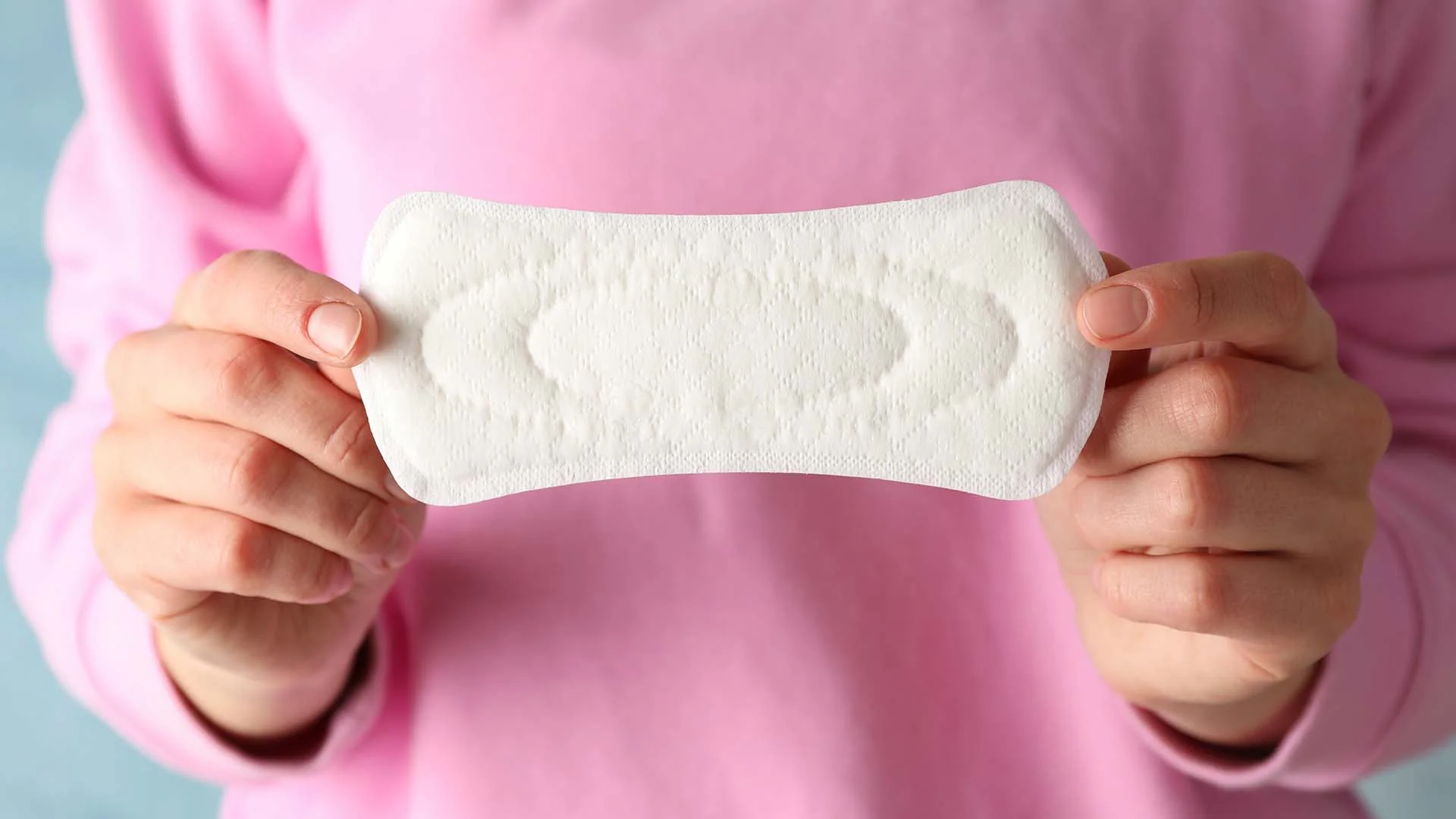Many women experience noticeable changes in their menstrual cycles during their 30s. sensIQ, developed by neurologists including Dr. Luke Barr, provides science-backed support for managing these changes and maintaining overall well-being. Understanding what’s normal, what signals a problem, and how to adapt can help you navigate this decade with confidence.
Key Takeaways
- Menstrual cycles in your 30s can shift in length, flow, and symptoms due to hormonal changes, pregnancy, birth control use, or underlying health conditions.
- Tracking early, mid, and late 30s patterns helps distinguish between normal variations and signs of issues like polycystic ovary syndrome or uterine fibroids.
- Heavy bleeding, skipped periods, or severe pain are red flags that should prompt a timely medical evaluation.
- Fertility generally begins to decline after the early 30s, making menstrual health monitoring important for conception planning.
- Lifestyle adjustments and consistent tracking can help manage symptoms, improve comfort, and support long-term reproductive health.
What to Expect at Different Stages of Your 30s
Period changes in the early 30s
In your early 30s, your cycle often remains close to the pattern from your 20s. Most cycles last about 28 days, with consistent flow and PMS symptoms. However, subtle hormone fluctuations can lead to heavier bleeding or mild cycle shifts, especially if you’ve had children or made major lifestyle changes.
Period changes in mid-30s
By the mid-30s, small irregularities may appear. The uterine lining can respond differently to hormonal changes, causing heavier periods or changes in cramps. Stress, new health conditions, or weight shifts can also influence cycle length and flow.
Period changes in the late 30s
Late 30s often bring more noticeable variations. You might skip a period, have a shorter cycle, or notice heavier bleeding. These changes can be linked to declining ovarian reserve or early perimenopause, though they can also result from conditions like polycystic ovary syndrome or uterine fibroids.
Do periods get worse in your 30s?
Some women find periods become more uncomfortable in their 30s, with painful periods or heavier bleeding. This isn’t universal, but tracking changes can help you decide when to seek advice.
30s vs 20s period changes (comparison)
In your 20s, cycles tend to be more predictable. In your 30s, life events like pregnancy, using or stopping birth control pills, and health changes can cause noticeable shifts in cycle length, flow, and PMS intensity.
Recognizing Symptoms and Flow Changes

Common signs of period changes in the 30s
You may notice differences in cycle timing, flow, cramps, or PMS symptoms. Tracking these patterns can help identify trends over time.
Sudden change in menstrual cycle length
A sudden shift of more than a few days in cycle length could signal hormone fluctuations or an underlying condition.
Why is my menstrual cycle getting shorter in my 30s?
Shorter cycles can occur as your ovaries age, sometimes releasing an egg earlier in the month. This may be normal, but consistent changes deserve attention.
Do periods get lighter in your 30s?
Some women experience lighter flow, often due to hormonal changes or thinner uterine lining from certain contraceptives. Others may have heavier bleeding linked to fibroids or other issues.
Causes of Menstrual Changes After 30
Causes of irregular periods in the 30s
Irregular periods can result from stress, weight changes, chronic illness, thyroid disorders, or reproductive health conditions.
Why has my menstrual cycle suddenly changed?
A sudden shift could be caused by stopping or starting birth control pills, hormonal imbalances, or underlying gynecological conditions.
Postpartum and breastfeeding recovery
After childbirth, cycles may take months to normalize. Breastfeeding can delay ovulation, leading to skipped or irregular cycles.
Birth control effects on your cycle
Contraceptives can regulate or lighten periods. Some methods reduce the need for pads or tampons, while others may initially cause spotting or irregular bleeding.
Thyroid, PCOS, and fibroid impacts
Thyroid disease, polycystic ovary syndrome, and uterine fibroids can all affect cycle length, flow, and pain levels.
Can perimenopause start in your 30s?
While the average age for perimenopause onset is closer to age 40, some women enter it earlier, leading to skipped cycles and hormone fluctuations.
How lifestyle affects your cycle in your 30s
Diet, exercise, stress management, and sleep patterns all influence menstrual regularity and comfort.
When Changes May Signal a Problem

Heavy bleeding or large clots
If you frequently soak through pads or tampons in under two hours, it may be a sign of heavy bleeding that needs evaluation.
Very short or long cycles
Consistently having cycles under 21 days or over 35 days can indicate hormonal or reproductive issues.
Severe pain or dizziness
Severe cramps, faintness, or dizziness during periods should be assessed by a healthcare provider.
At what age do most women’s periods become irregular?
The average age for noticeable irregularity is the late 40s, but health conditions can cause it earlier.
Red-flag symptoms checklist
- Soaking through menstrual products in under 2 hours
- Period lasting more than 7 days
- Sudden absence of period for 12 consecutive months before age 40
- Severe pelvic pain or pressure
When to seek medical care and how to prepare for your appointment
Track your cycles, note changes, and bring your medical history. Mention any medications and symptoms like heavy periods or painful cramps.
Fertility and Menstrual Health in Your 30s
Conception odds and cycle health
Fertility starts to decline gradually in the early 30s and more noticeably after age 35. Tracking ovulation and maintaining reproductive health can improve conception chances.
When to test or see an OB-GYN
If you haven’t had a period for 12 consecutive months before the expected age of menopause, or if you’re struggling to conceive after six months of trying, seek evaluation.
Managing and Tracking Your Cycle
Tracking period changes in 30s
Use apps or calendars to monitor cycle length, symptoms, and flow changes over time.
Best tools and apps for tracking
Popular apps provide reminders, track ovulation signs, and offer insights into patterns related to hormone fluctuations.
Lifestyle and treatment strategies
Balanced nutrition, regular exercise, and stress reduction can support menstrual health. Medical treatments are available for conditions like fibroids or PCOS.
FAQs on Period Changes in the 30s
What are the symptoms of a changing period?
Changes in flow, timing, cramps, and PMS are common indicators.
Can perimenopause start in your 30s?
Yes, but it’s rare. Early perimenopause can cause skipped periods, hot flashes, and mood changes.
Why has my menstrual cycle suddenly changed?
Hormone shifts, new medications, or reproductive conditions may be the cause.
At what age do most women’s periods become irregular?
Most women notice irregularity in their 40s, but earlier changes can occur due to health conditions.
sensIQ and experts like Dr. Luke Barr emphasize the importance of monitoring menstrual changes and seeking care when necessary. Understanding your body in your 30s helps you make informed decisions for long-term reproductive health.
Find Your Formula — Take the Free Quiz Now.


